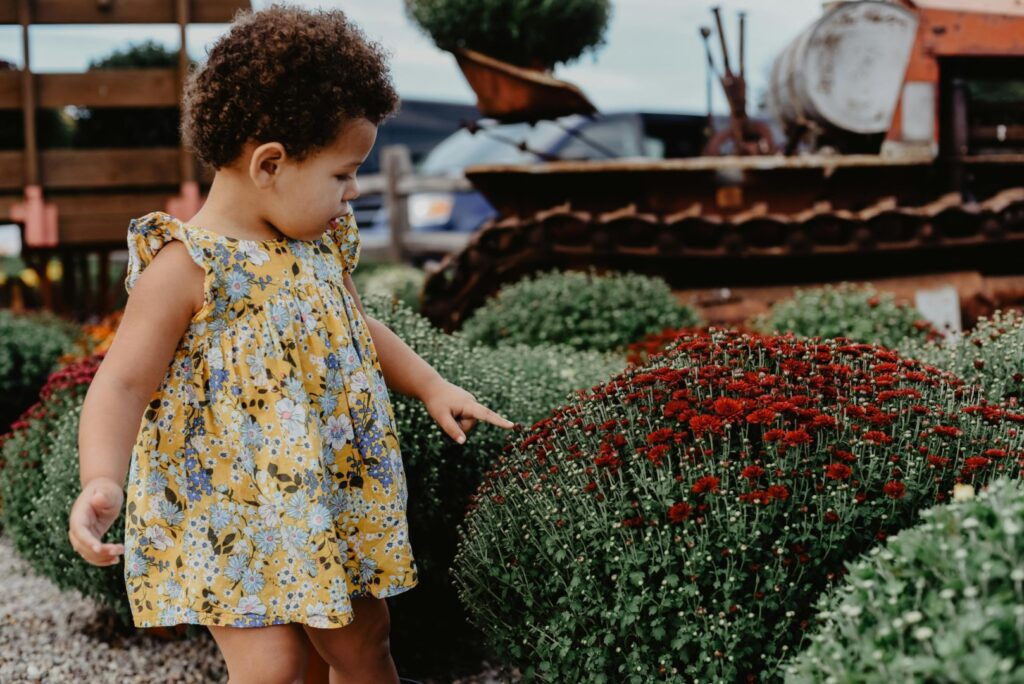The baby products industry is massive—and growing rapidly. Most new parents are familiar with the temptation to buy their baby the best products in clothing, toys, and gear. According to Global Market Insights, the baby care products market stood at over $107 billion in 2024. It may exceed USD 164 billion by 2034.
Fueling this growth is the rising accessibility of e-commerce and awareness of emerging technologies. Parents with higher disposable incomes often feel the need to purchase items for their children to safeguard their physical and mental development.
Indeed, the thought of sustainability in the context of baby products may strike as a lifestyle decision. However, recent developments indicate that the need to integrate sustainability into childcare is way more than that.
Sustainable Clothing Limits Exposure to Toxins
Parents often prioritize softness and colors when selecting clothing for their infants. The market offers umpteen eye-catching styles that suit diverse aesthetics. In addition to these considerations, it has become vital to check the sourcing and treatment of a sweet little dungaree.
In general, sustainable clothing reduces exposure to toxins. It uses materials like organic cotton, which is soft on the skin and does not lead to adverse reactions. Non-organic fabrics may contain synthetic dyes and toxins, from PFAS to phthalates. In 2024, Business Insider reported how South Korean officials found phthalates, lead, and cadmium in several pieces of children’s winter wear.
These substances increase a child’s vulnerability to skin irritation and respiratory problems. In contrast, organic materials can help parents ascertain their baby is comfortable. It helps everyone sleep better.
Another advantage of opting for sustainable clothing is that it lasts longer due to the higher durability of the material. Consequently, parents won’t need to replace them too often, at least not until their baby moves to the next size.
As babies grow, parents can integrate discussions on ecologically responsible choices into their conversations. For example, organic clothing materials are not damaging to the environment. Their production may need less water, a legitimate way for kids who love water play to contribute to its conservation!
Organic Foods Are Likelier to be Contaminant-Free and Balanced
Another area where parents should explore sustainable choices is baby food, a continuous discussion theme during the early years. What a baby consumes has a direct impact on their health and development, making a concrete difference to their immunity to disease.
Lately, several baby food companies have faced investigations due to the detection of harmful substances in their products. Reuters reported in April 2025 that many companies may face legal action due to the presence of toxic heavy metals in baby foods. These metals can lead to neurodevelopmental damage in children.
The rising incidence of NEC lawsuits is another grave concern, highlighting how some cow’s milk baby formulas led to NEC (Necrotizing Enterocolitis) in many premature infants. This intestinal condition can cause sepsis and even organ failure.
Such incidents have unsurprisingly stirred anxiety among many parents. According to TorHoerman Law, the primary problem is neglect on the part of some baby food manufacturers. They failed to warn parents of potential side effects, particularly in preemies and low-birth-weight babies.
On the other hand, sustainable baby food brands commit to whole, unprocessed items that ensure balanced nutrition for children. Such alternatives can reduce a child’s exposure to artificial additives and pesticides, whose impact on overall development can be poor. The idea is not to judge or shame parents who buy supermarket baby foods but to support people in their parenting journeys.
Furthermore, making responsible choices as a parent also contributes to abating the global nutrition crisis. UNICEF notes how unsustainable food systems trigger child malnutrition, mainly in areas affected by climate change. Abating this crisis is everyone’s responsibility.
Sustainable Toys are Mouthing-Safe and Early Teachers
In the 2000s, an archaeological team surveyed the number of toys owned by different middle-class families in the US. The average number was 139 toys.
Note that these were just the toys the families displayed and did not include items kept in closets and other storage. While the latest data is unavailable, it is safe to say many families with young children are almost drowning in toys.
As parents, making sustainable choices for toys involves monitoring both the number and the type. For example, one might assume wooden toys are for an Instagram-obsessed generation. They are also more expensive than cheap, plastic toys. The latter may seem more sensible for small children as they outgrow toys and lose interest quickly.
However, choosing sustainable toys is more than aligning with an aesthetic for social media. Often, plastic toys contain materials like BPA and PVC. Many babies love putting toys in their mouths, making such options unsuitable for them. In contrast, toys made from wood or organic fabrics are toxin-free and safe for mouthing-based exploration.
It is also best to start teaching kids to make sustainable purchase decisions early in life. Investing in a costlier, but more durable, item can reduce the temptation of further shopping, checking consumerism. Kids often play for longer durations with existing toys when they don’t have a confusing array of numerous items to choose from. It can help them develop creative, more innovative ways to interact with their toys.
They say babies can teach parents quite a bit. From learning to function on almost zero sleep to focusing on stacking rings after a full day’s work, parenting is an educational journey.
Integrating sustainability into shopping decisions for your baby can expand these learnings, helping families reduce waste and become more responsible members of the community.
Editor’s Note: The opinions expressed here by the authors are their own, not those of Impakter.com — Featured Photo Credit: Photo by Emma Bauso

